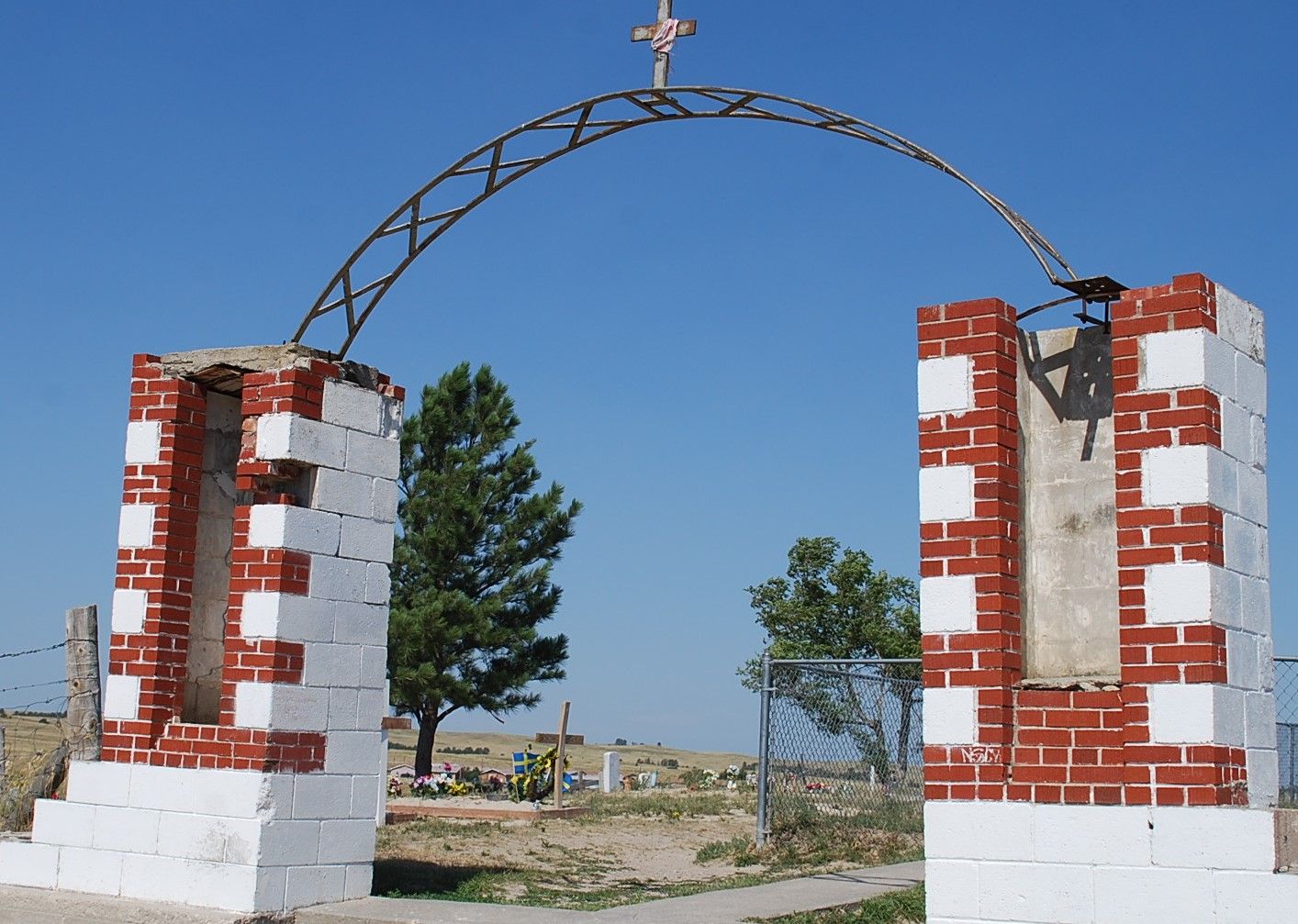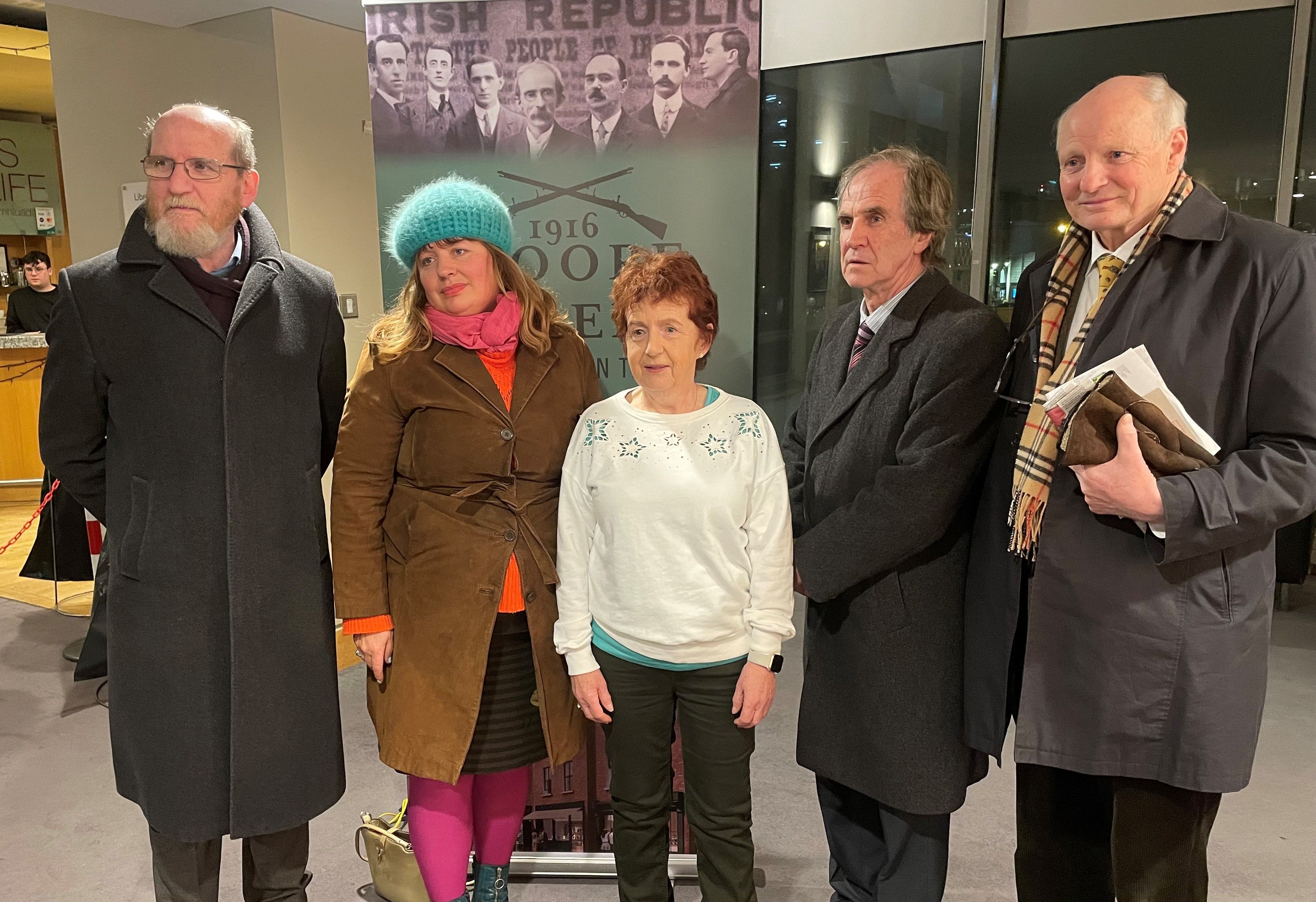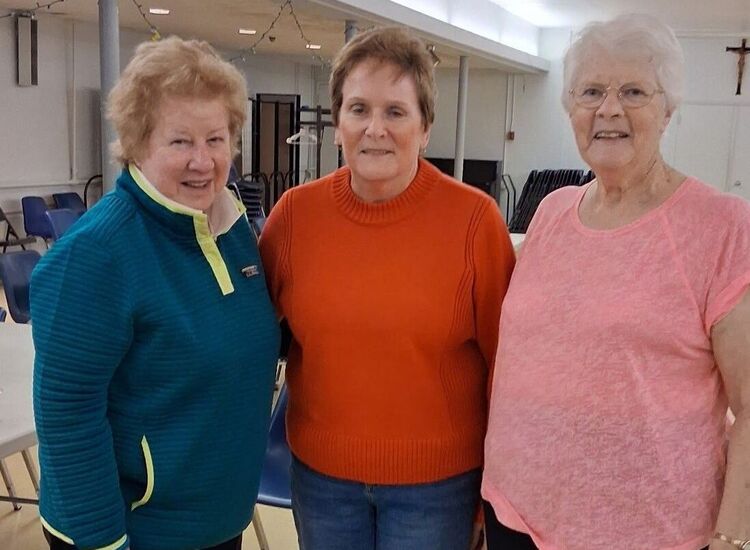As this column goes to press it appears that the British PM Rishi Sunak and Ursula von der Leyen, President of the European Commission, have reached an agreement on the Protocol - the so-called "Windsor Framework."
To add to the excitement Dame Arlene Foster is giving off because King Charles is having tea with Ursula von der Leyen – a proverbial storm in a tea cup.
The next few days - or longer - will see how the new agreement goes down, particularly among the Brexiteers here in the North. Remember, the majority of people here voted against Brexit. Watch this space.
MOORE STREET'S STORY
Last week the Moore Street Preservation Trust held an urgent public meeting in Liberty Hall in Dublin to discuss the crisis surrounding the future development of the Moore Street Battlefield site and the threat posed to these historic 1916 laneways by a developer.
The meeting was chaired by Christina McLoughlin, who is the niece of Sean McLoughlin. He was appointed Commandant General of the Republican forces in Dublin after James Connolly was wounded. A short film by acclaimed Belfast filmmaker Sean Murray, "The Story of Moore Street 1916," and narrated by actor Stephen Rea, was shown to very warm applause. Frank Connolly for the union SIPTU, which supports the campaign, welcomed everyone to Liberty Hall.
Patrick Cooney, who is one of the founders of the Save Moore Street campaign, and Cork Architect Seán Antóin Ó Muirí, provided background to the campaign and described the alternative master plan for the creation of a cultural and historical quarter in Moore Street and its environs. The alternative plan brings best international practice to the preservation of this historic site.
James Connolly’s great grandson, James Connolly Heron, was the main speaker. He castigated the developer, Hammerson, who recently claimed to be aware and respectful of the importance of this last extant 1916 battleground, but yet, at the same time, has embarked on legal proceedings to overturn the decision of Dublin City Councilors to protect Moore Street.
The developer claims that its plan will sensitively rejuvenate this historic part of Dublin. James Connolly Heron said: “It will do nothing of the sort. It will redraw streets and lanes that have remained intact for over a century. It will take a wrecking ball to an area that predates the rising. A street that predates the famine and survived the disgraceful blitzing of our capital city in 1916 by enemy forces with incendiary shellfire… This is not planning in the public interest. This is the Craggy Island approach to planning.
At the end of the evening Micheál MacDonncha, who is the Secretary of the Moore Street Preservation Trust, joined the speakers on stage where they all appealed to people to: Scaip an scéal – Support the Trust’s plan for a Moore St. historic quarter: Contact your local TDs, Councillors, trade union, workplace, college etc. Tabhair tús áite dó – Prioritise: Lobby TDs on the Housing Committee to prioritise the Cultural Quarter Bill. Na meáin shoisialta – Social media: Like, share and engage. Imeachtaí – Events: Attend our upcoming events or contact us to organise an event in your area.
Thanks to all of those who took part in the event, including Evelyn Campbell and Bert Versey who provided songs appropriate to the evening. And thanks also to the staff in Liberty Hall who made it all possible.
The alternative plan envisages the transformation of the Moore Street area into a historical cultural quarter, keeping the streets and laneways intact and holding it in trust for future generations. For more information go to https://www.facebook.com/MooreStreetTrust/.
The entrance to Wounded Knee.
REMEMBERING WOUNDED KNEE
On 27 February 1973 several hundred Native Americans of the Oglala Lakota people occupied Wounded Knee in South Dakota in a move intended to highlight their demand for sovereign rights. The stand-off between the Native American people and federal authorities lasted 71 days and involved daily fire-fights. Two Native Americans were killed.
Wounded Knee was chosen in 1973 because it was the site of an infamous massacre in December 1890 of some 300 native peoples, many of them women and children, by the U.S. Calvary.
Last weekend, native peoples gathered in Rapid City, South Dakota and also at the site of the 1890 massacre at Wounded Knee on the Pine Ridge Indian Reservation, to mark the 1973 occupation and to remember those, like Russell Means, Dennis Banks and Clyde Bellecourt, who participated in the event and who have since died. They also called for the release of Leonard Peltier, who was convicted in 1977 of the killing of two FBI agents during a confrontation at the Pine Ridge Reservation in South Dakota two years earlier. Leonard has been in prison for 46 years. In the years since then, serious doubts have been raised about his conviction.
The decision to occupy Wounded Knee 50 years ago was a desperate action by native peoples who had been subject to decades of violations of their treaty rights. Several hundred took part in the occupation calling for investigations into the Bureau of Indian Affairs and the running of the reservations, as well as congressional hearings on treaty violations. U.S. Marshals and FBI agents surrounded the town. There followed a three month confrontation which only ended in early May 1973 when the native people agreed to leave Wounded Knee.
As part of the last weekend’s ceremonies I was asked to contribute a video to the program of events. I was happy to do that.
Almost 40 years ago, Clyde Bellacourt and a delegation from the American Indian Movement (AIM) arrived in Ireland. I had the great honor to meet them. Clyde, who was one of the movement’s founders said: “Like the Irish people we had to fight against cultural genocide.”
On that occasion we visited Milltown Cemetery and stood at the gravesides of Bobby Sands, Kieran Doherty and Joe McDonnell, who died on hunger strike along with seven of their comrades in 1981. The delegation laid a wreath at the graves of our patriot dead and chanted the national anthem of AIM to the beat of their sacred drum.
In the years since then I have written regularly to successive U.S. presidents calling for the release of Leonard Peltier. I have also written to Leonard, and I took the opportunity in my video to again extend solidarity to him. Leonard is the victim of a miscarriage of justice and should long ago have been freed.
The Irish proverb: “Is ar scáth a chéile a mhaireann na daoine.” translates as: “We all live in each other’s shadow.” In other words we are all interlinked. An example of this occurred in 1847. That was the worst year of An Gorta Mór – the Great Hunger – which took over a million lives in Ireland over five years.
The Choctaw nation was originally from the Mississippi region. In 1830, 15,000 Choctaw people were forced to walk 600 miles to Oklahoma. In what subsequently came to be known as the "Trail of Tears" a quarter of them died.
Despite the many dangers and challenges they faced in their own lives the Choctaw people were moved by the accounts of the great hunger in Ireland. At a meeting they raised $170 - about $5,000 today - and they sent it to Ireland.
That act of kindness and generosity has never been forgotten. Consequently, during the pandemic, Irish people raised over three million dollars to help provide clean water, food and health supplies to people in the Navajo Nation and the Hopi Reservation.
So, one act of generosity, of solidarity, 176 years ago was reciprocated by another act of solidarity. Is ar scáth a chéile a mhaireann na daoine. Solidarity and best wishes to all of those who participated in last weekend’s anniversary event. Is ar scáth a chéile a mhaireann na daoine.
TWIN HORRORS
Israeli settlers danced in the street as they burned 75 Palestinian homes and killed a Palestinian man in Huwara. The plight of the people of Palestine gets worse day by day. It is an international disgrace that this is allowed to continue. Apartheid Israel is evil and inhumane. The international community must defend international law, condemn such human rights abuses, and stand up for the rights of people.
So too for the poor people who are fleeing from their own countries, especially those who perished in the Mediterranean this week. Around 100 drowned, including 12 children.
The Mediterranean Sea route is the deadliest for people fleeing war and hunger and poverty. Last year at least two thousand died, but the number is likely much higher. Between 2014 and 2018 12,000 people who drowned were never found. Instead of seeking to rescue people from boats run by criminal gangs inhumane policies by western governments leave them to drown. Shameful.








